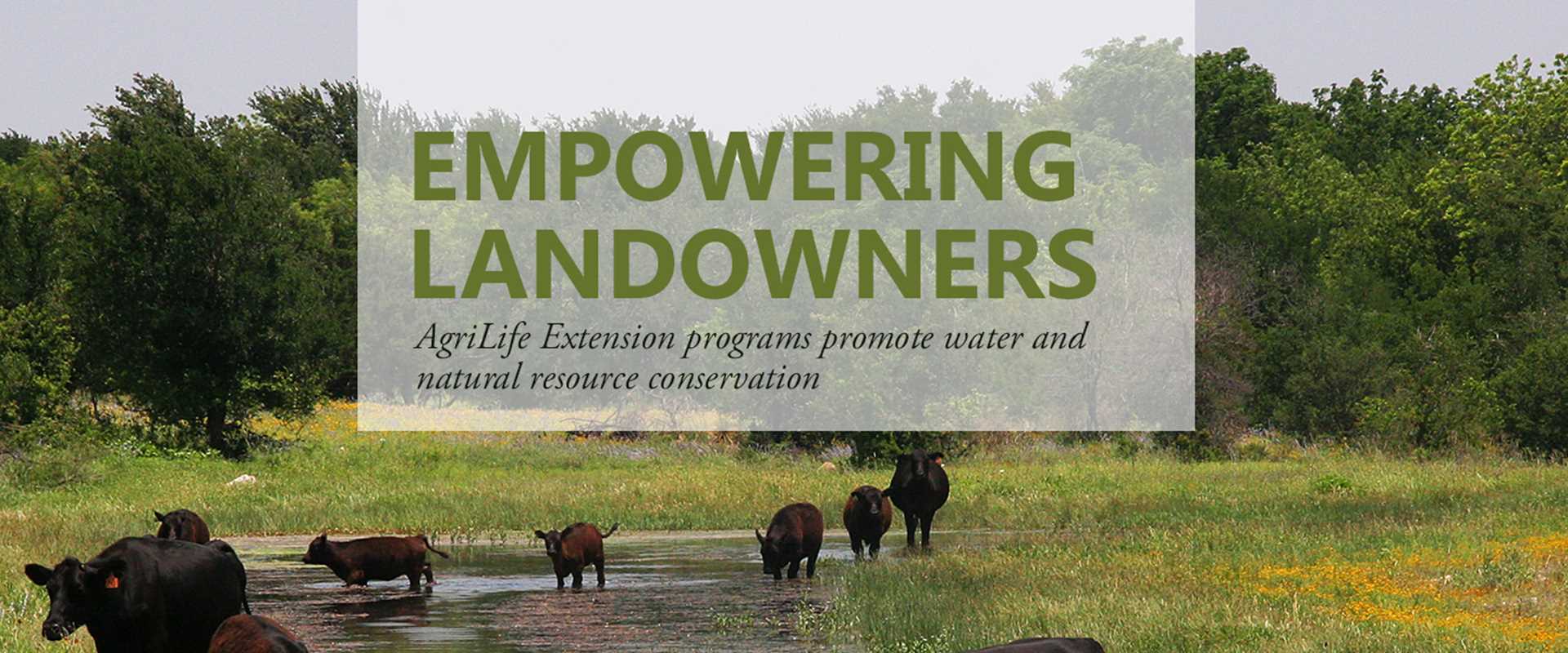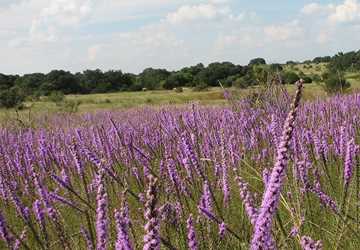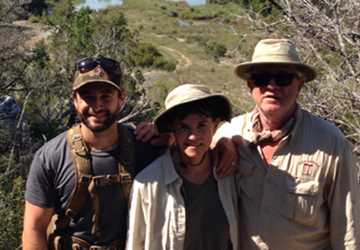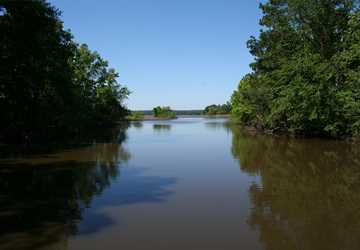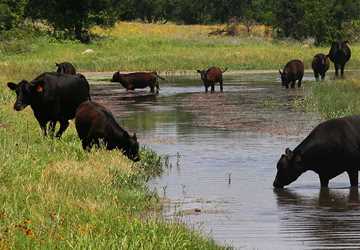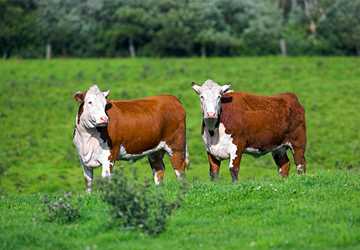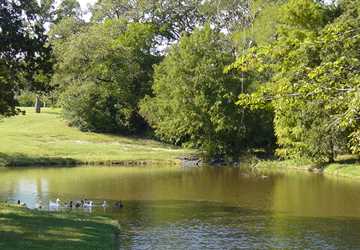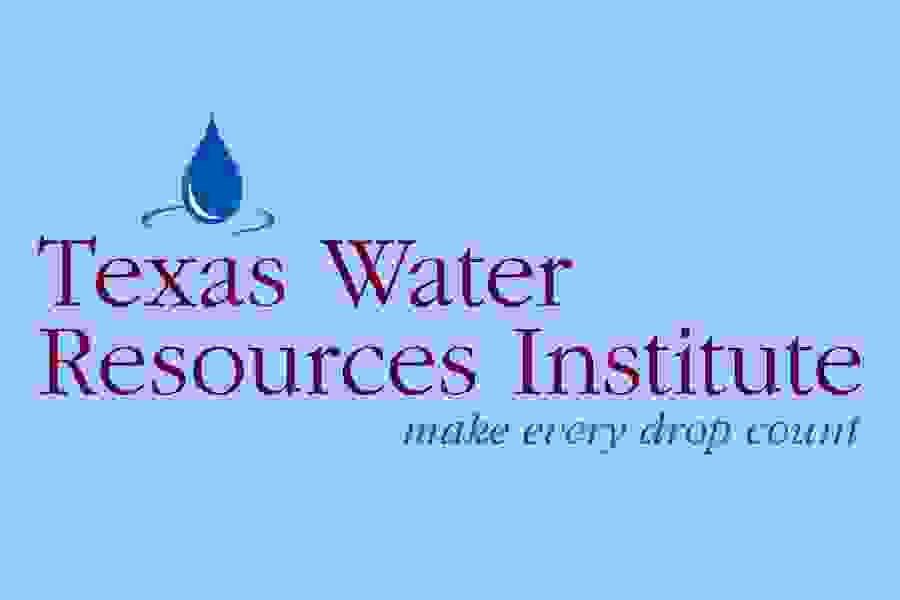By Sara Carney
When it comes to land stewardship, education is essential to implementing best management practices (BMPs) on private lands. Educational programs not only foster awareness of conservation issues and provide landowners with the information necessary to adopt BMPs, but they also empower and inspire landowners to preserve natural resources.
The Texas A&M AgriLife Extension Service has long recognized the value of conservation education and has developed many programs accordingly. Many of the educational programs collect and consolidate information and make that information more accessible to landowners through conferences, trainings and field days. Additionally, these programs connect landowners to scientists and policymakers, empowering them to actively engage in the conservation process.
Endowment leaves a stewardship legacy
The Bennett Trust Endowment originated from one landowner’s deep appreciation of the Edwards Plateau and desire to preserve it, along with AgriLife Extension’s wish to carry on those values. Eskel Bennett, a native Texan who retired in Dripping Springs, provided an endowment for AgriLife Extension to continue his tradition of conservation education and preservation of the Edwards Plateau. Bennett was an advocate for land stewardship and used this endowment to continue that advocacy even after his passing in 2006.
These programs connect landowners to scientists and policymakers, empowering them to actively engage in the conservation process.
“His desire was for us to have the ability to do land stewardship programs in the Edwards Plateau, because that’s where [the Bennetts] lived, and that’s a property they loved,” said Dr. Larry Redmon, Bennett Trust AgriLife Extension specialist.
The endowment is the first directly given to AgriLife Extension. “Mr. Bennett’s gift is an enduring legacy, and our ability to conduct stewardship programs out there will go on indefinitely,” Redmon said.
Funded by the endowment, the Bennett Land Stewardship program uses conferences tailored specifically for land management in the Edwards Plateau, covering issues such as brush control, prescribed burning, estate planning, water management and livestock stocking rates.
The “Protecting the Legacy of the Edwards Plateau” conference, held in Kerrville April 23-25, 2013, was the first funded by the endowment. It educated landowners and ranchers on land management practices and the value of land stewardship and included a keynote presentation from Wyman Meinzer, the official state photographer.
The response to the conference was overwhelmingly positive. “It was a great start to what is going to be a long, long series of programs in that part of the state,” Redmon said. A second conference is planned for April 22–24, 2015, at the Inn of the Hills Resort and Conference Center in Kerrville.
Learn more about the Bennett Trust at bennetttrust.tamu.edu.
Rookie ranchers learn from the best
For a new or novice landowner, taking on all the responsibilities associated with maintaining a ranch can be intimidating. To help ease this transition, Ranch Management University serves as an introductory course and one-stop shop for beginning ranchers. The workshop covers a wide range of topics associated with ranching and provides a support network to its participants.
Ranch Management University is a five-day event held each April and October in College Station and is paid for by participants. A number of subjects are covered, including livestock and wildlife management, pasture management, natural resource stewardship and water quality issues.
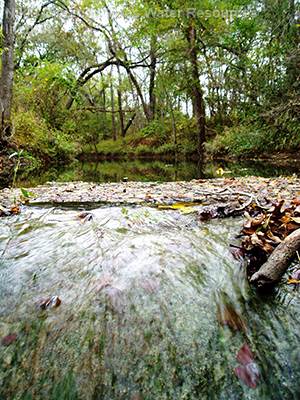
Participants receive specific training on livestock management practices, such as administering vaccinations and dehorning, as well as land management practices, such as introduced and native forage management. Ranchers also learn about issues related to land stewardship, including stocking rates or the amount of livestock a particular piece of land can support.
“When they go home, they actually have the resources to go back and do what we discussed during the week,” said Redmon, program coordinator.
The workshop also provides a unique opportunity for participants to interact with experts, including Texas A&M University faculty and AgriLife Extension specialists. This mentorship does not end when the workshop ends; faculty and specialists make themselves available to participants if they need additional support.
When they go home, they actually have the resources to go back and do what we discussed during the week.
“We don’t expect them to be perfectly knowledgeable when they come out, but at least they know some questions to ask and some things to be aware of,” Redmon said. “And they know who they can contact, because we give them a list of all the faculty involved in the workshop, and they can contact those people at any time and ask them questions.”
Ranch Management University attracts various people from different walks of life, including people from outside of Texas, he said. Many participants develop connections while in the program that continue beyond the workshop, and some use the program’s Facebook group to continue discussions and share information.
“At the end of the first day, they’re all good friends even though they were strangers when they started,” Redmon said. “It’s amazing how these groups come together and really start to share.”
Over their years of running the workshop, Redmon and his colleagues noticed a need for a similar program designed specifically for women who have unexpectedly become landowners. They will be developing such a workshop in the future, he said.
Learn more about Ranch Management University at forages.tamu.edu/workshop.
Lone Star Healthy Streams educates, protects
Currently, there are 273 water bodies in Texas that are considered impaired by bacteria, affecting Texas’ ecosystem health and Texans alike. Lone Star Healthy Streams (LSHS) is combating bacterial contamination by educating farmers and ranchers on the impacts of bacterial runoff and how to reduce runoff caused by feral hogs, horses, beef cattle, dairy cattle and poultry. LSHS provides resources for rural landowners, such as presentations, manuals, an interactive website and an online course.
The program was developed in 2007 through a partnership between the Texas State Soil and Water Conservation Board (TSSWCB), the Texas Water Resources Institute (TWRI) and AgriLife Extension, with funding from the U.S. Environmental Protection Agency’s (EPA) Clean Water Act 319 program.
Since its inception, LSHS has sought to equip rural landowners with the tools necessary to manage land to support healthy waters. The educational materials provided by LSHS allow landowners to understand the risks of bacterial contamination and how to voluntarily implement BMPs, such as proper grazing, feral hog management and riparian area protection.
Livestock producers can more easily make wise choices for reducing pollution from their operations if they know the benefits of clean water to agricultural operations, current water quality laws and policies, ways bacteria can enter water and solutions available for reducing water quality problems, said Redmon, who also leads the LSHS program.
“A lot of those things are either zero-cost or very low-cost and easy to implement in many cases, so it’s basically a matter of making people aware of the issues and the solutions,” he said.
“This educational program is a tremendous tool that has been helping landowners throughout the state to reduce bacterial loading from livestock operations and feral hogs,” said Dr. Kevin Wagner, TWRI’s associate director. “It provides an assortment of resources for the livestock industry, stakeholders and natural resources agencies on bacterial water quality issues related to livestock, as well as measures that can be implemented to improve water quality.”
Each manual produced by LSHS has been endorsed by natural resource agencies and industry associations, including the Texas and Southwestern Cattle Raisers Association, U.S. Department of Agriculture-Natural Resources Conservation Service (USDA–NCRS) and Independent Cattlemen’s Association of Texas. These manuals are available online at lshs.tamu.edu/publications.
To learn more about LSHS, visit its website at lshs.tamu.edu.
Learn riparian basics, protect a vital resource
Riparian areas are vegetation zones along streams, rivers and lakes that are a vital, though often overlooked, resource. These areas support water for wildlife, livestock and human use. Degradation and erosion of riparian zones often reflect poor ecosystem health of the surrounding area. Through statewide educational programs, the Texas Riparian and Stream Ecosystem Education Program recognizes the importance of riparian areas and the role of landowners and ranchers in conserving them.
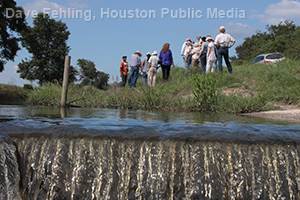
Specifically, the riparian program explains how stream and riparian areas function and their benefits. The program also discusses available assistance to implement BMPs, giving participants practical knowledge. “Riparian education programs lead to informed landowners, land managers and public citizens who will be more inclined to use practices that improve the management of riparian and stream ecosystems,” said Nikki Dictson, TWRI extension program specialist.
“Proper management, protection and restoration of these vital areas directly influence water quality and quantity as well as stabilize stream banks to reduce erosion and improve fish and aquatic habitats and communities among other things.”
The riparian program offers resources via trainings, tools on its website, publications and social media outreach. Trainings not only provide general information on riparian areas, but they also address concerns at the local level, Dictson said. Typically, trainings are in locations with impaired watersheds where stakeholders are working on a watershed protection plan (WPP) or total maximum daily load (TMDL).
Riparian education programs lead to informed landowners, land managers and public citizens who will be more inclined to use practices that improve the management of riparian and stream ecosystems.
Workshops are generally one-day events and include both classroom and outdoor presentations along local rivers, streams and bayous. Dictson said the training events connect landowners with local technical and financial resources to improve management and promote healthy watersheds and riparian areas on their land.
“Restoring and protecting riparian areas through improved management is one of the most important things a landowner can do to protect the streams and rivers running through their land,” Wagner said. “This program educates landowners on how streams and rivers work and how important riparian area management is to stream health.”
The Texas Riparian and Stream Ecosystem Education program is funded by an EPA Clean Water Act 319 grant through TSSWCB and is managed by TWRI.
For more information on the program, visit texasriparian.org.
Bringing together watershed stakeholders
A vital part of watershed protection and management includes the participation and education of the watershed’s stakeholders. The Texas Watershed Steward (TWS) program aims to do just that by hosting events and workshops that provide communities with the necessary know-how to actively engage in protecting and restoring their watersheds.
The program was developed through a partnership between AgriLife Extension and TSSWCB, and since its first workshop in December 2007, TWS has conducted 63 workshops throughout the state.
The critical need for proper education on watershed issues was the primary reason for TWS’ genesis, said Galen Roberts, TWS program coordinator. Community members are sometimes unaware of what is needed to protect their watershed or even why the watershed is impaired.
TWS targets areas that have either ongoing or upcoming watershed projects and coordinates with TMDL and WPP efforts, Roberts said. Workshops then coincide with efforts such as TMDLs or WPPs. Additionally, the events are open to anyone interested, from agricultural producers to homeowners, and continuing education credits are offered.
Workshops can be a full or half day and address both general water resource issues and those specific to the local watershed. The course begins by covering watershed basics and then discusses point and nonpoint sources of pollution, and water quality testing and management strategies, among other topics. Lastly, community members currently involved in local watershed protection and management speak about local watershed protection efforts.
The success of TWS is apparent. The program conducts pre- and post-assessments during the workshop, which have shown a 30-percent to 33-percent increase in knowledge related to watershed issues. Additionally, follow-up questionnaires conducted six months after the workshop indicate that participants began to implement some of the practices they learned including soil testing.
Roberts said this illustrates the practical significance of TWS and the impact it has had on watersheds it has reached. “Often times just a simple change in behavior can have a positive impact on water quality, so education is a crucial component of any water quality improvement or management strategy,” he said.
For more information on TWS, visit the program’s website at tws.tamu.edu.
Often times just a simple change in behavior can have a positive impact on water quality, so education is a crucial component of any water quality improvement or management strategy.
In a time where future natural resource availability can seem uncertain, the reliability of educational opportunities from AgriLife Extension provides reassurance that Texas land and water can be sustained.
“These programs are tremendously important to helping the state address its water quality issues as well as meet future water needs,” Wagner said. “Each of these programs increases the awareness of water and other natural resource issues facing the state but then goes a step farther and shows landowners what they can do to help address these issues.”

